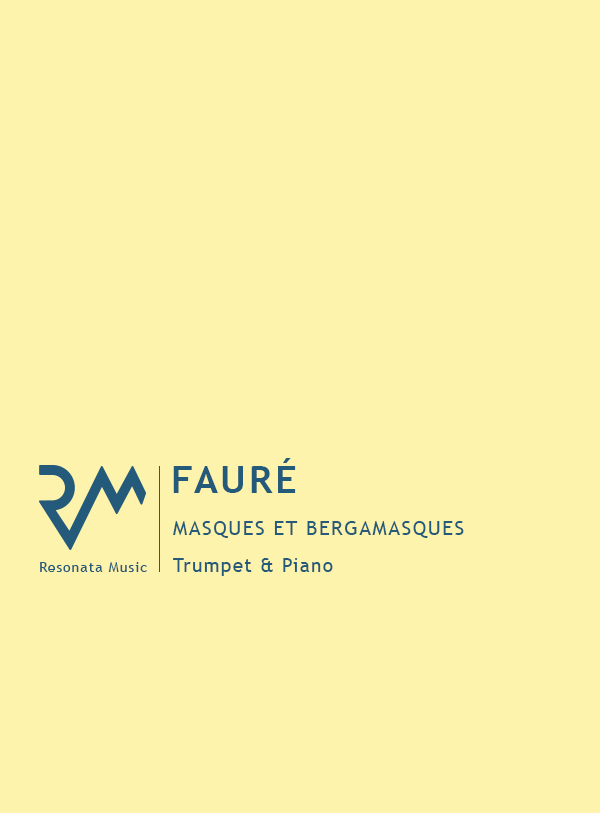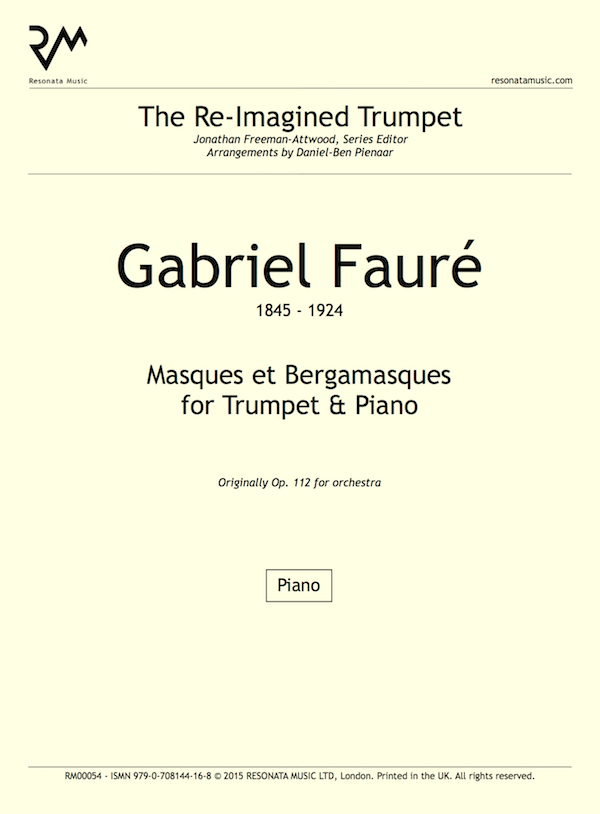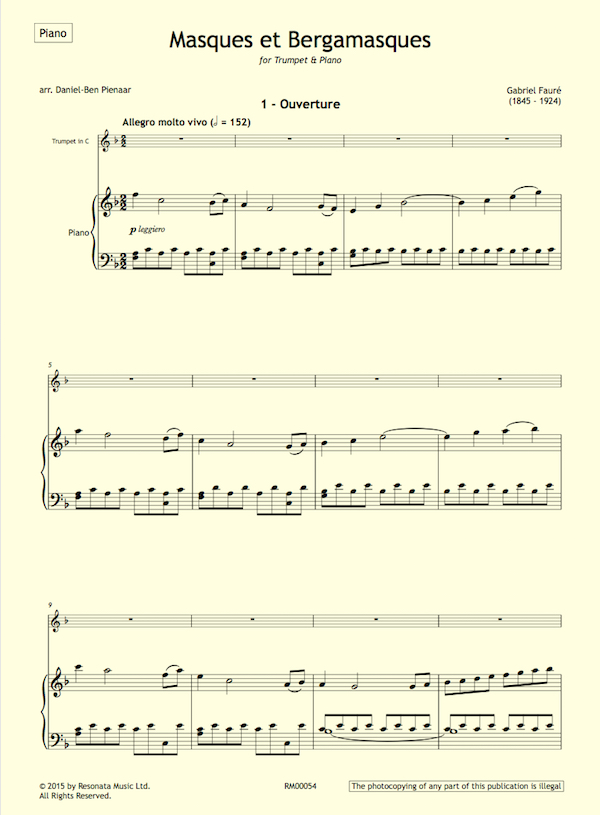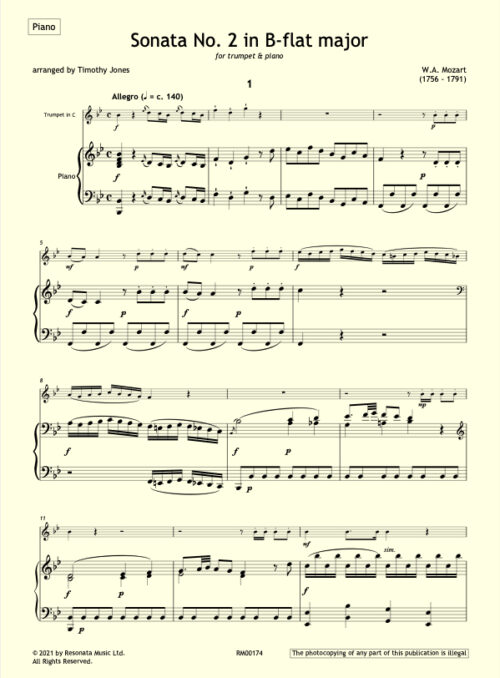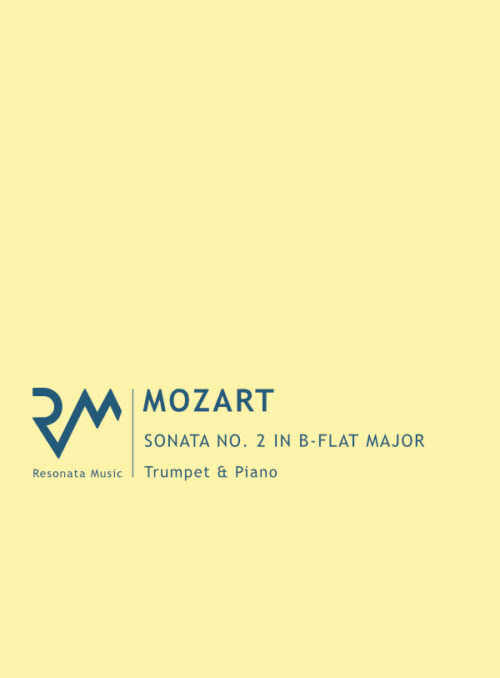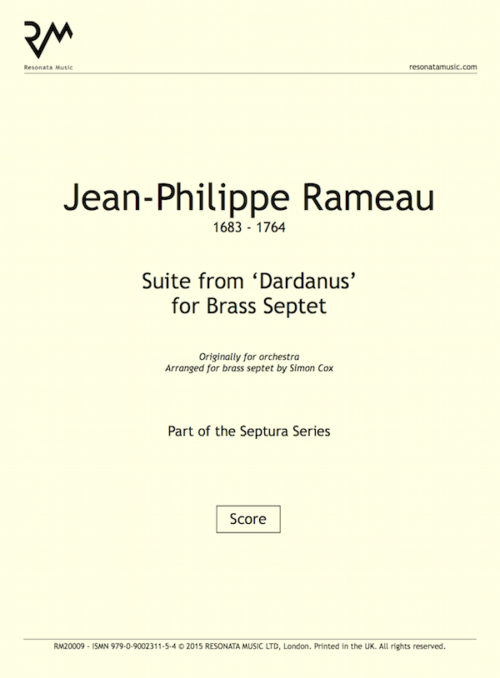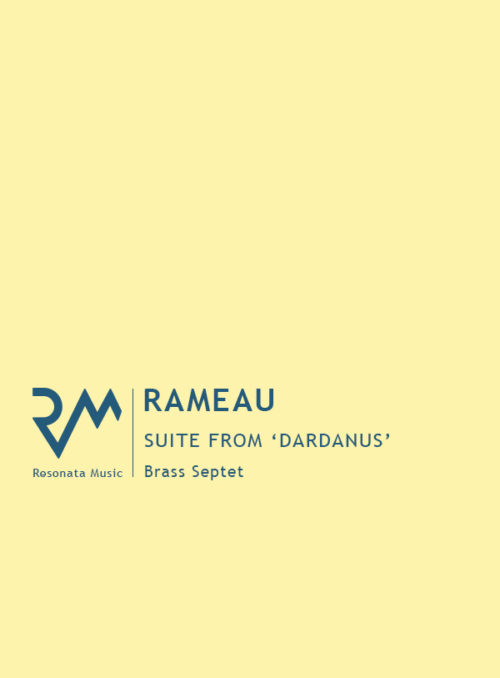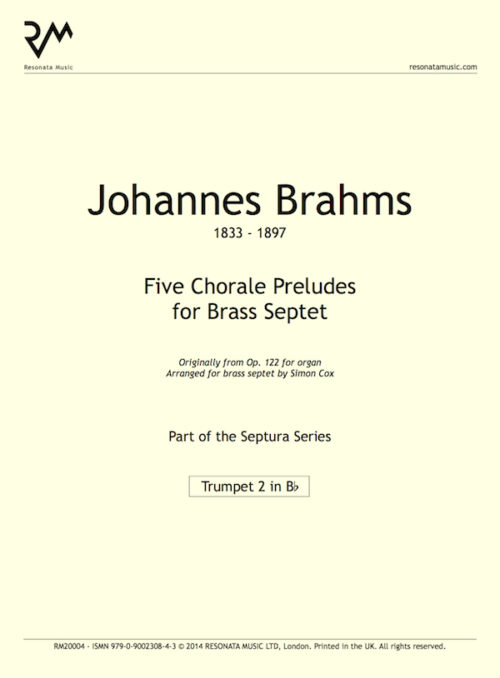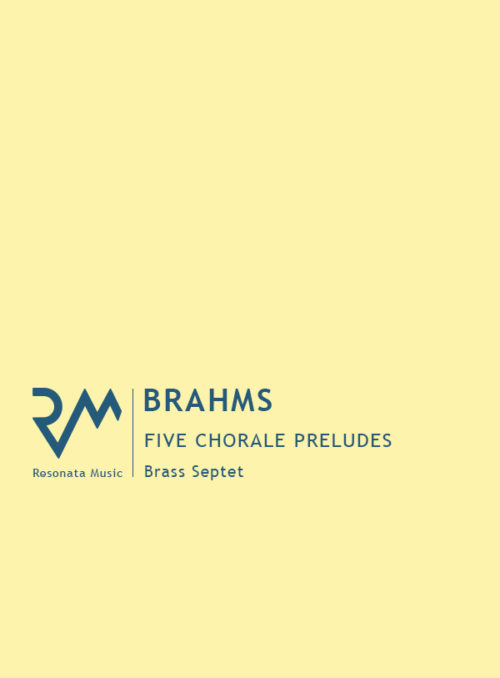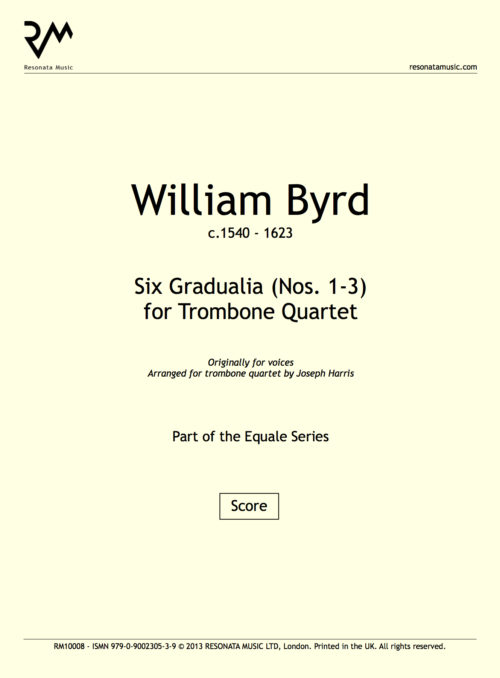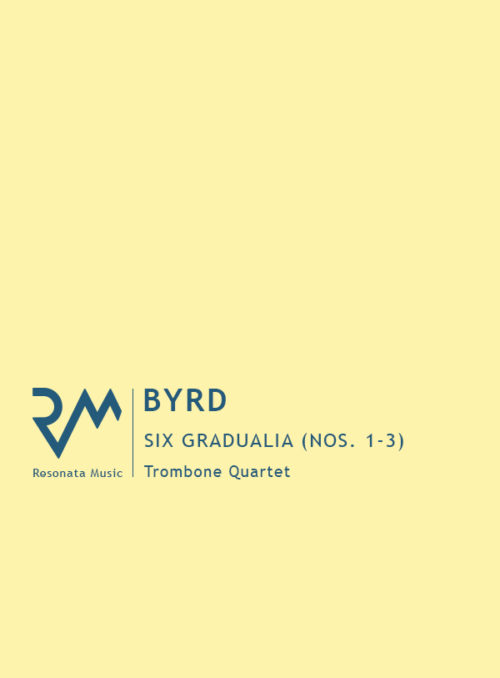Description
What distinguishes Gabriel Fauré’s Masques et bergamasques from the other works in the Neoclassical Trumpet is that the music draws on no extant material other than from the composer’s own earlier work. There are, though, yearnings (as the title suggests) towards a carefree and courtly neoclassical fête in this gloriously evergreen – though in chronology of output, autumnal – four-movement suite. Fauré’s inspiration for drawing on such clearly articulated dance forms is perhaps characteristic of a perennial creative serenity that never, despite posthumous performance practices to the contrary, manifests itself in dreamy evocation at the expense of characterful incision.
For the first bars of the ‘Overture’, the melody is sprung forward, the phrases questioned and answered, the second ‘subject’ effusive but soon to be inflected with flighty ambition, at once toying – like a Couperin ‘ordre’ – with memory, wit and anticipation. Fauré’s mastery at capturing the theatrical conceits of his forbears is dream-filled but hardly dreamy. The work resumed life in 1919 (from a symphony some 50 years earlier) as a contributing part to a commission from Prince Albert of Monaco: an elaborate post-Great War entertainment to flatter a clientele with social delusions; a Commedia dell’Arte troupe humorously observing imaginary assignations amongst a decidedly aristocratic audience.
Four movements were subsequently extricated to form this famous suite. The ‘Overture’ is drawn from the early symphony, as indeed are the subsequent ‘Menuet’ and ‘Gavotta’. The former dance is suitably gracious, rich in the kind of poignant melodic nuancing that Fauré inflects effortlessly even when providing music of relative objectivity. The middle section contains a delightful ‘call to arms’, perhaps an allusion to a town piper’s fanfare for an approaching banquet? The ‘Gavotta’ exploits the bergamasque vein – more rustic, energised and mondaine than the ritualized contrivances of the previous movement. The ‘Pastorale’ is the only movement here freshly composed. It reveals itself as a masterpiece of subtle valediction, wryly observing a world born half a century earlier. Whether sourced from 1869 or 1919, Fauré’s intention is clearly to create something of in his own words ‘an impression you get from the paintings of Watteau’ is delectably realized.
Performers may find that experimenting with different mutes can bring additional colours to this perennial favourite with audiences.
Jonathan Freeman-Attwood
Parts included:
- Piano
- Trumpet in C
Purchasing this product entitles you to download it three times. You will receive an email with a link to download your files upon completing payment.

